7 Tips to Know Before Buying Solar Hummingbird Wind Chimes
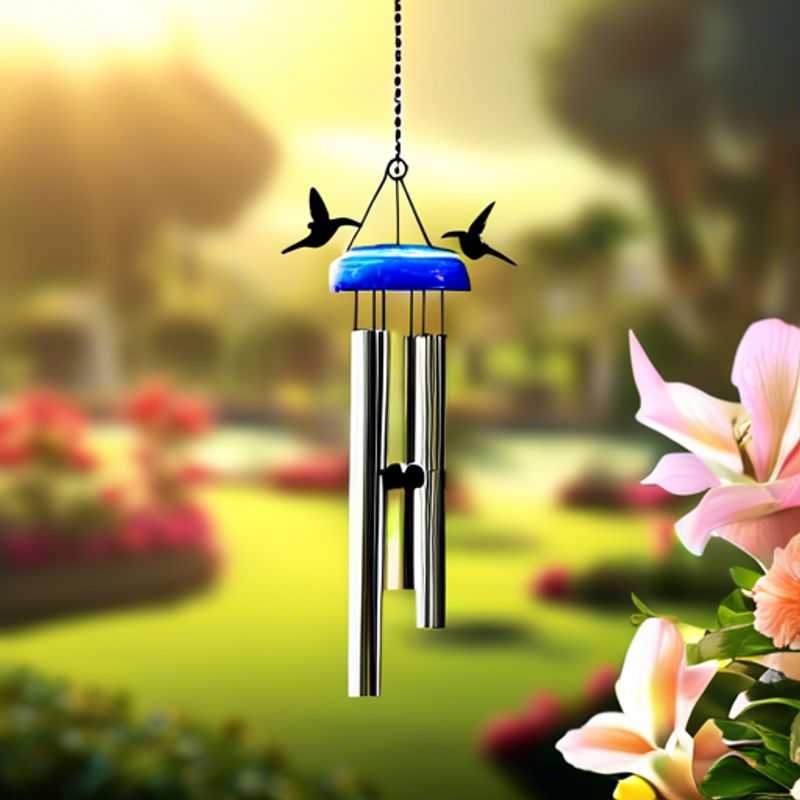
7 Essential Tips for Choosing the Perfect Solar Hummingbird Wind Chimes
Ready to add a touch of whimsy and sustainability to your outdoor space? Solar hummingbird wind chimes are a delightful choice, offering a charming blend of visual appeal and eco-friendly energy.

Measure Twice, Buy Once: How to Ensure Your Purchase Fits Perfectly
When you're designing or planning a project, it's crucial to check the size and dimensions to ensure it fits perfectly in its intended location. This applies to everything from furniture in your home to websites on a screen. Here's why:
Imagine you're trying to fit a massive couch into a small living room. It won't work, right? The same logic applies to digital spaces. Website elements, images, and videos need to be sized appropriately to look good and function properly on different devices, like phones, tablets, and computers.
Checking size and dimensions helps avoid several problems:
- Content clipping: Text or images that are too big get cut off, leaving users with incomplete information.
- Unbalanced layouts: Mismatched sizes can lead to awkward spacing, affecting the visual appeal and user experience.
- Slow loading times: Large images can significantly slow down page load times, especially on mobile devices, leading to user frustration.
Here are some key things to remember:
- Measure twice, cut once: Before starting any project, carefully measure the space where the item will go.
- Consider the scale: Think about the size of the final product in relation to its surroundings.
- Use a grid system: Designing with a grid system can help ensure consistent spacing and proportions.
- Test on multiple devices: Always check how your website looks on different screen sizes to catch any layout issues.
Taking the time to check size and dimensions is a small step that can significantly improve the success of your project, whether it's a website, a physical product, or anything in between. It's like laying a strong foundation for a successful outcome.
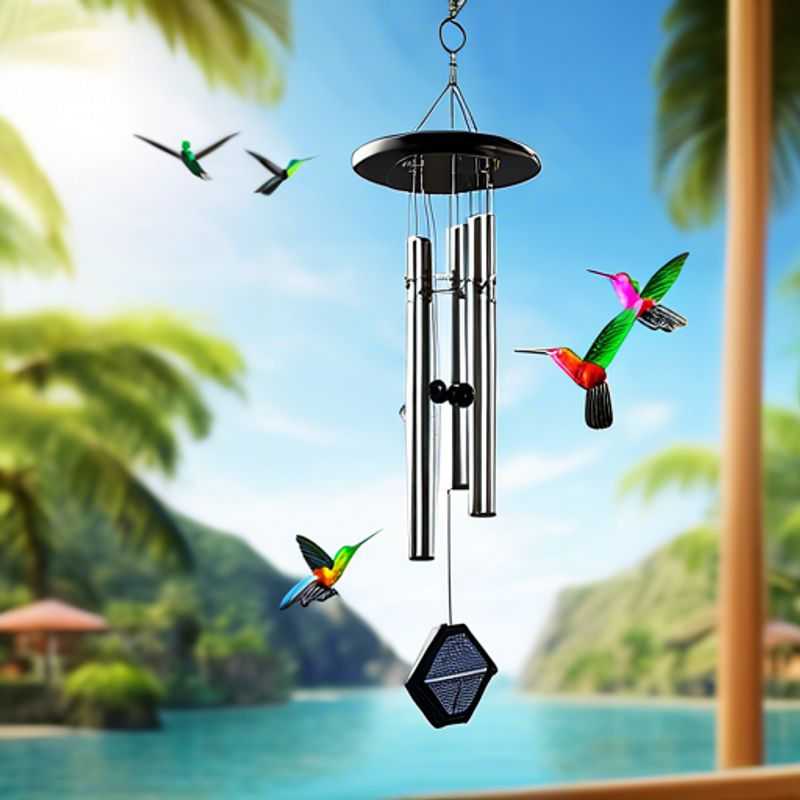
Weather-Resistant Wonders: Choosing Metal or Bamboo for Durability
When selecting materials for outdoor furniture or structures, prioritize weather-resistant options. Metal, such as aluminum or steel, offers durability and resistance to rust and corrosion. It's often powder-coated for added protection. Bamboo, a natural and sustainable choice, is known for its water resistance and inherent strength. Look for treated bamboo for enhanced weatherproofing. Consider factors like maintenance requirements and budget when making your choice.
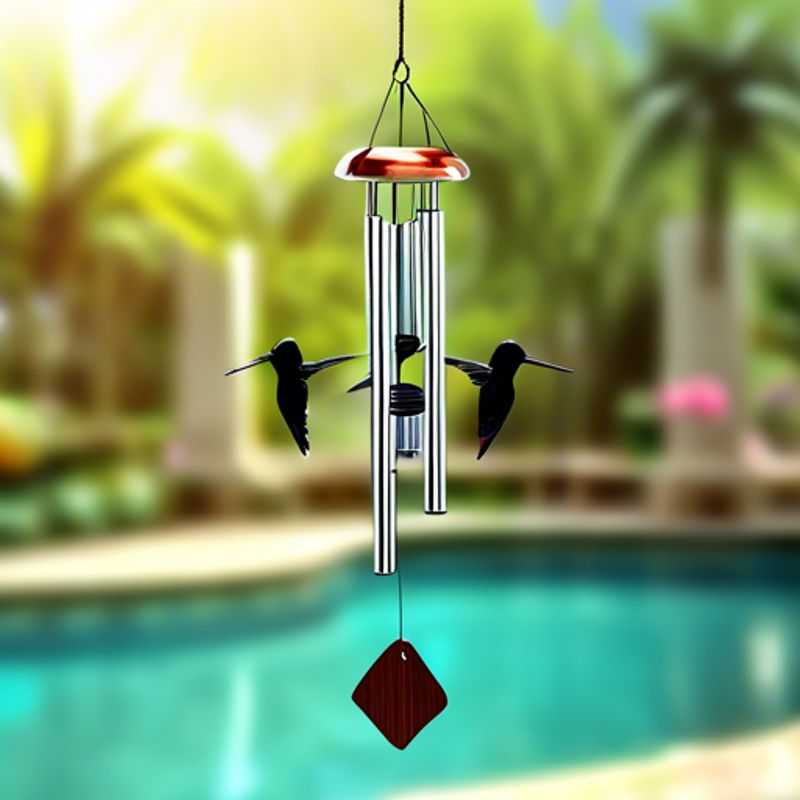
Wind Chime Harmony: Choosing the Right Sound and Volume
When selecting wind chimes, consider the sound quality and volume. The sound of wind chimes is often a personal preference, but some factors can affect their sound. The material of the chimes, the size and shape of the tubes, and the type of striker used can all influence the sound.
The volume of the wind chimes is also important to consider. If you live in a quiet neighborhood, you may want to choose chimes that are quieter. Conversely, if you live in a noisy area, you may want to choose chimes that are louder.
It is also important to consider the placement of the wind chimes. They should be placed in an area where they will receive a good amount of wind, but not in an area where they will be too exposed to the elements.
The sound of wind chimes can be relaxing and soothing, but it is important to choose chimes that will fit your needs and preferences. By considering the sound quality, volume, and placement of the wind chimes, you can find the perfect ones for your home.

Solar Panel Efficiency and Charging: How to Verify You're Getting the Most Power
Ensuring your solar panels are operating efficiently and charging optimally is crucial for maximizing energy generation and savings. Here's a quick guide on verifying solar panel performance:
1. Visual Inspection: Start by inspecting your panels for any visible damage, debris, or shading. Clear any obstructions to maximize sunlight exposure. Regularly clean your panels to remove dirt and grime, which can reduce efficiency.
2. Check for Output: Use a solar panel monitoring system or a multimeter to measure the voltage and current produced by each panel. Compare these readings to the manufacturer's specifications to identify any deviations. This might require a qualified technician.
3. Assess Charging Capabilities: If your system includes a battery, check its charge levels and charging rates. Look for any signs of overcharging or undercharging. Consult your battery manufacturer's recommendations and settings for optimal operation.
4. Performance Testing: For a comprehensive evaluation, consider professional performance testing using specialized equipment like a solar irradiance meter and a data logger. This allows for detailed analysis of your system's output under various conditions. You might need to hire a professional to perform this test.
5. Seek Professional Help: If you notice any significant performance issues, contact a qualified solar installer or technician. They can diagnose the problem, perform repairs, or recommend upgrades to optimize your system's efficiency. This could come with a fee.
Regularly monitoring your solar panels and addressing any potential problems will ensure continued optimal performance and maximize your investment in renewable energy.
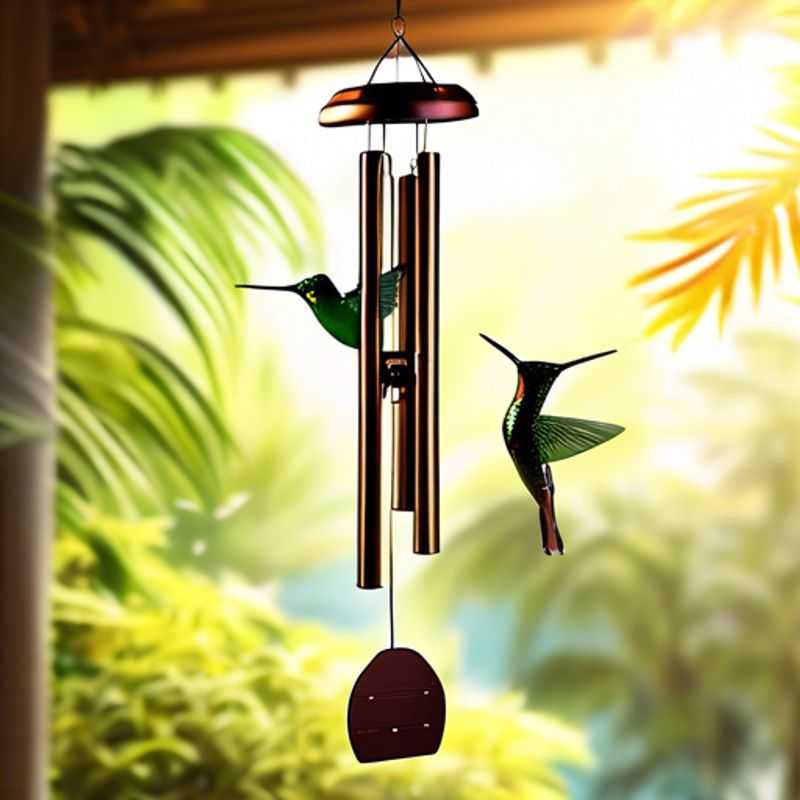
Don't Buy Blind: Researching Brand Reputation and Customer Reviews
Researching a brand's reputation and customer reviews is crucial for informed decision-making. Start by checking reputable review sites like Trustpilot, Yelp, or Google Reviews, where you can find aggregated customer feedback. Pay attention to the overall rating and read through both positive and negative reviews to get a balanced view. Social media platforms also serve as valuable resources; observe how brands interact with customers and handle complaints.
Additionally, consider the brand’s history in addressing issues and maintaining transparency. Look for any patterns in customer complaints or recurring themes in feedback. If available, analyze industry reports or third-party evaluations that can provide insights into a brand’s standing in its sector.
When estimating a plan for research, factor in paid activities such as subscribing to premium review platforms or utilizing market research tools that provide in-depth analytics. These tools can help you track brand sentiment over time and benchmark against competitors.
Lastly, remember to verify information across multiple sources to ensure accuracy and reliability. This comprehensive approach will help you create a well-rounded understanding of the brand's reputation and customer satisfaction levels.
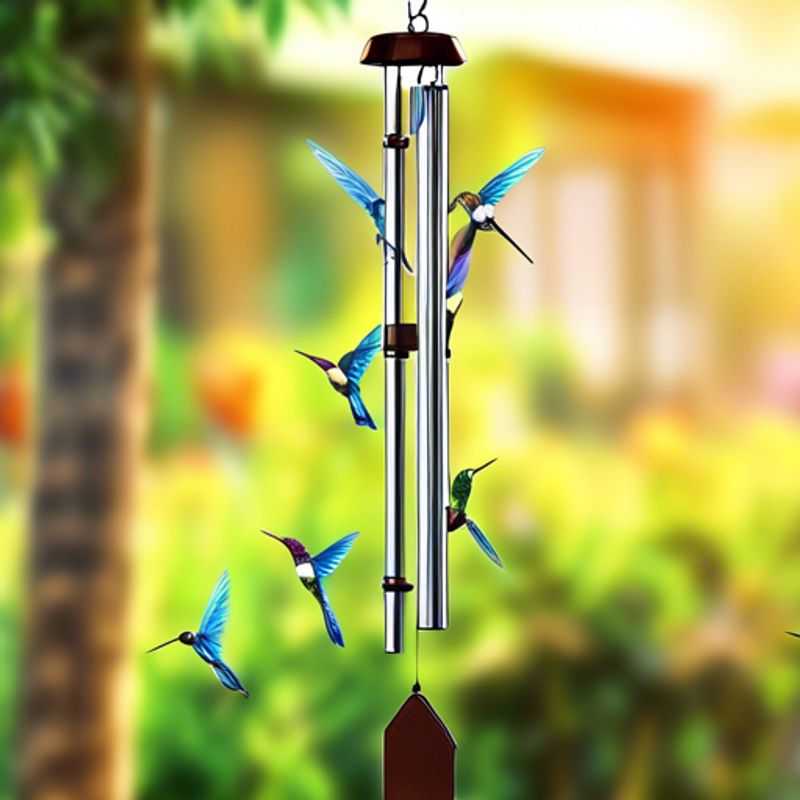
Tuning Up Your Chimes: How to Check for Adjustable Rods
Want to fine-tune the sound of your wind chimes? One way to do that is by adjusting the chime rods. Not all chimes have adjustable rods, though! To find out, look closely at the chime rods themselves. If they have a threaded end, that means they can be adjusted. You might need a special tool, like a wrench or screwdriver, to tighten or loosen them.
If the chime rods are fixed and non-adjustable, you might still be able to change the sound by adding or removing weights, or by repositioning the chimes themselves. It's always a good idea to check the manufacturer's instructions for specific information on tuning your particular set of chimes.
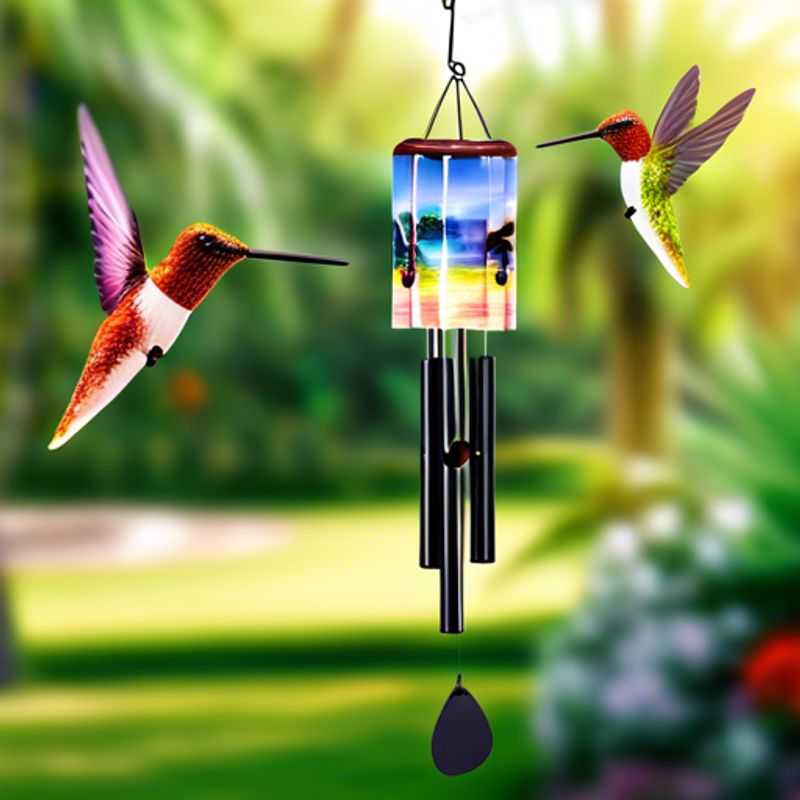
Warranty Check: Protecting Your Purchase with Peace of Mind
A warranty is a legally binding promise from the manufacturer to repair or replace a defective product within a certain period. It protects you from unexpected expenses and ensures that you receive a working product. When evaluating a product, always check for a warranty and understand its terms and conditions.
Warranties can be classified as either express or implied. Express warranties are written promises made by the manufacturer about the product's quality and performance. Implied warranties are not explicitly stated but are assumed by law, such as the implied warranty of merchantability which states that the product should be fit for its intended purpose.
Warranties typically cover defects in materials and workmanship but may also include coverage for specific components or functions. The length of a warranty can vary depending on the product and the manufacturer. Some products offer a limited warranty that covers only certain aspects of the product, while others offer a comprehensive warranty that covers most aspects.
Warranties are an important part of the purchasing process and can give you peace of mind knowing that you are protected if something goes wrong. Be sure to read the warranty carefully before purchasing a product. It is important to understand what is covered, how to file a claim, and what your rights are.
Check the warranty duration to determine if it covers your intended use. Some warranties might have limitations on how long they apply, such as after a certain period of time or after a certain number of uses. Also, consider what is not covered in the warranty and if you need extended coverage. Many manufacturers offer extended warranties or service contracts for an additional fee. This can provide additional peace of mind.
